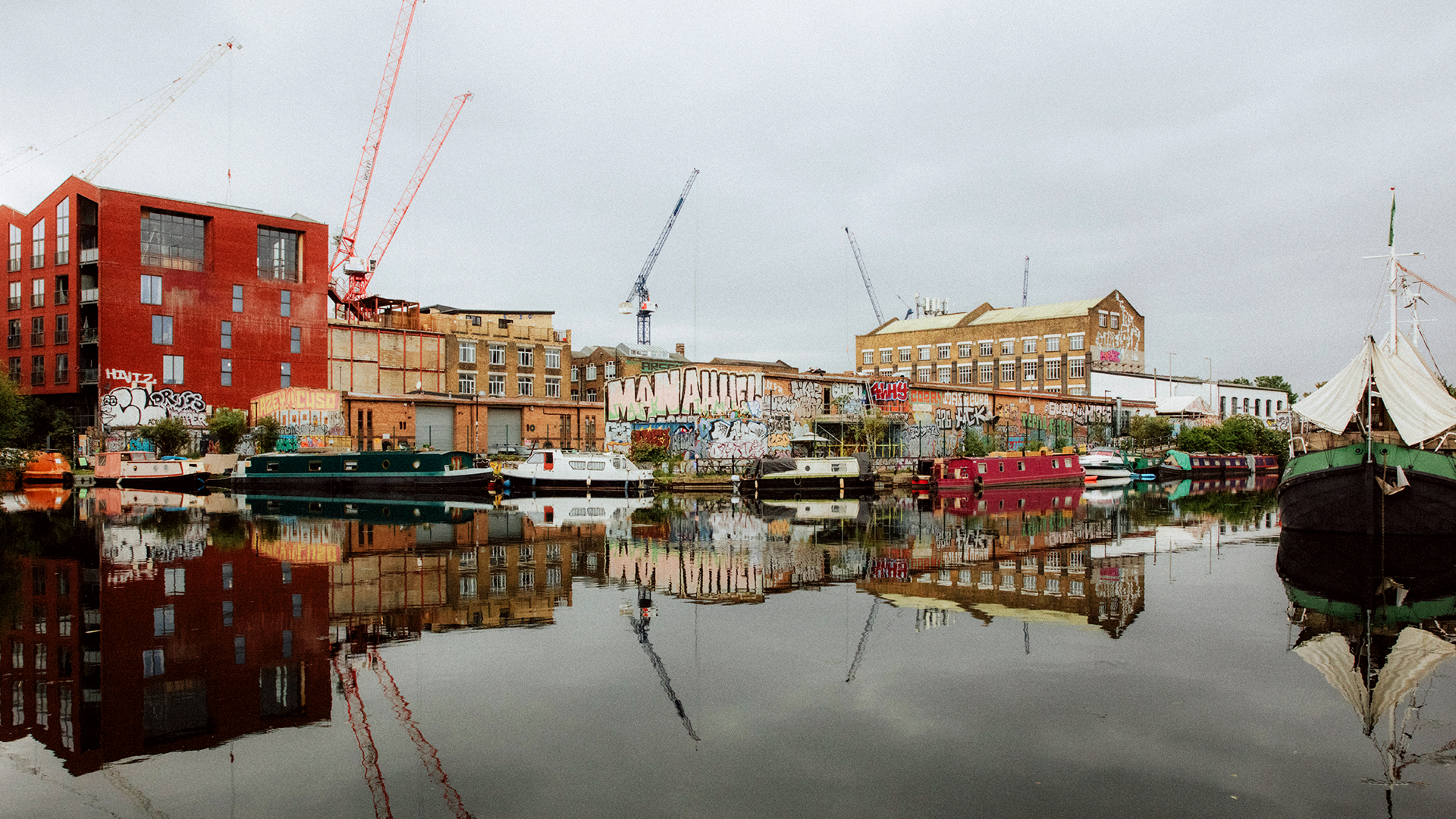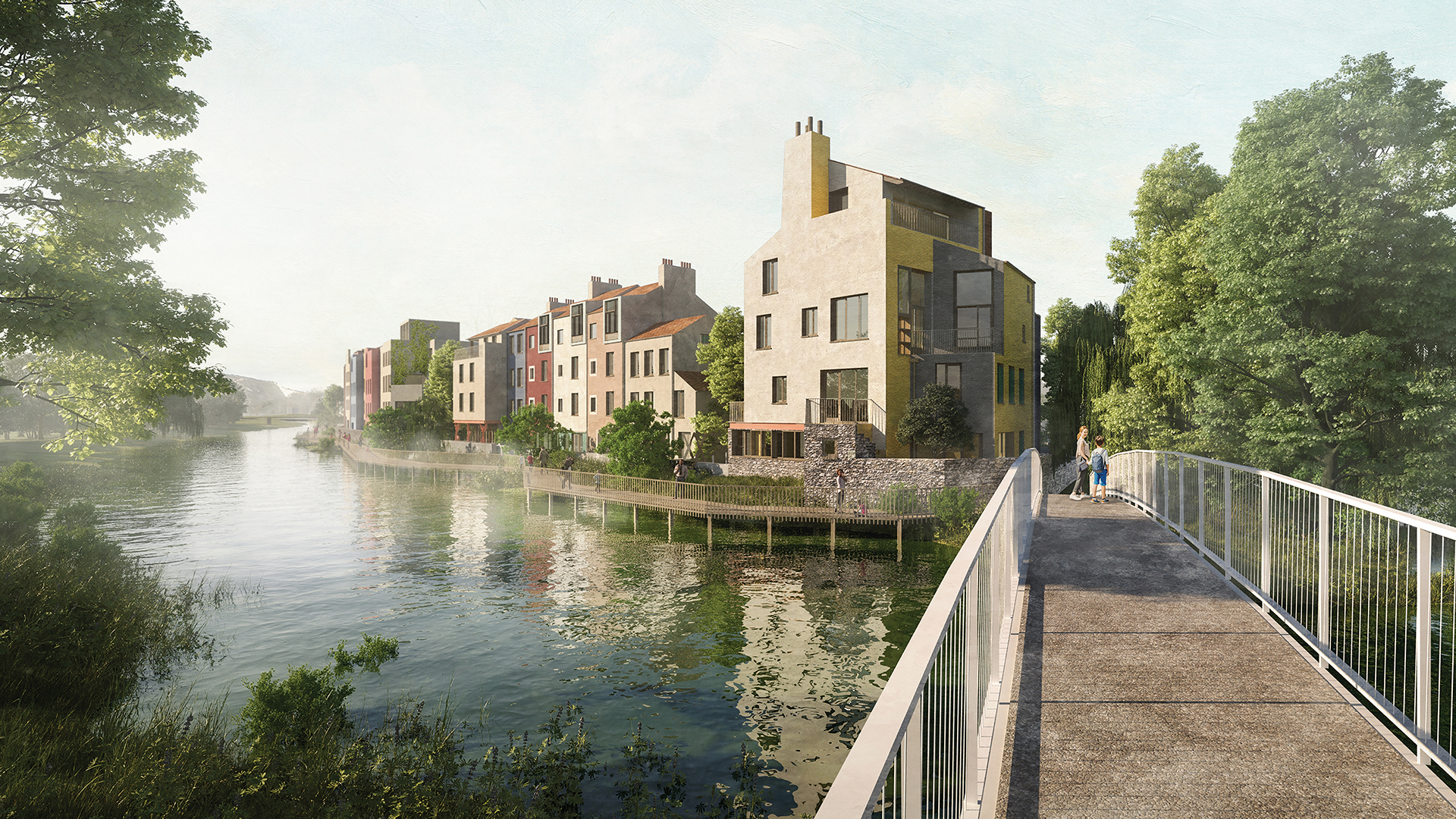
Photography by Dan Medhurst
How do you balance the demand for new developments in a fashionable, former industrial area of east London with the concerns of the residents and creative community that made it an attractive destination in the first place?
Walking this placemaking tightrope is the job of Yulia Pak MRICS, who manages the Hackney Wick and Fish Island Creative Enterprise Zone (CEZ).
CEZs are a mayoral initiative that started in 2018 to support areas of London where artists and creative businesses can find permanent affordable space to work. In these areas, creative production enterprises are supported, related skills are developed, and efforts are made to ensure regeneration boosts the local economy.
“The aim of the CEZ initiative is to provide a coherent set of policies and strategies around keeping space for artists and creative organisations affordable and accessible in London,” says Pak. “The local creative community is one of my key stakeholders.” In other words: to stop the creative and fiercely independent bits of London disappearing before our eyes, it’s a good idea to involve them in the urban planning process.
There’s a commonly seen property cycle in cities around the world that has four stages. It begins with an area being cheap to live in because it’s a bit run-down or scruffy looking – often a former industrial district populated with warehouses. In stage two it becomes a popular area with lower-income artists or creative professionals who are often looking for studio space. At stage three, businesses start to move there, such as shops, cafes and other services and it becomes a thriving area to live in or visit. Finally, in stage four, gentrification creeps in, so land values, property prices and rents all increase. The people who originally made it a nice place to live have to move on because they can no longer afford to live or work there.
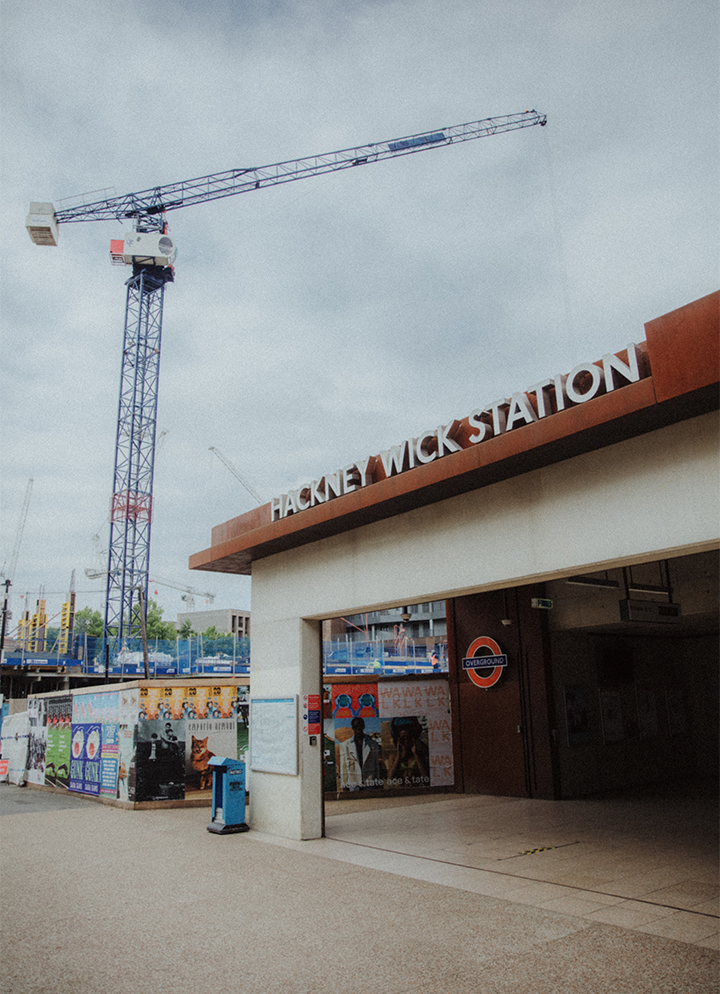
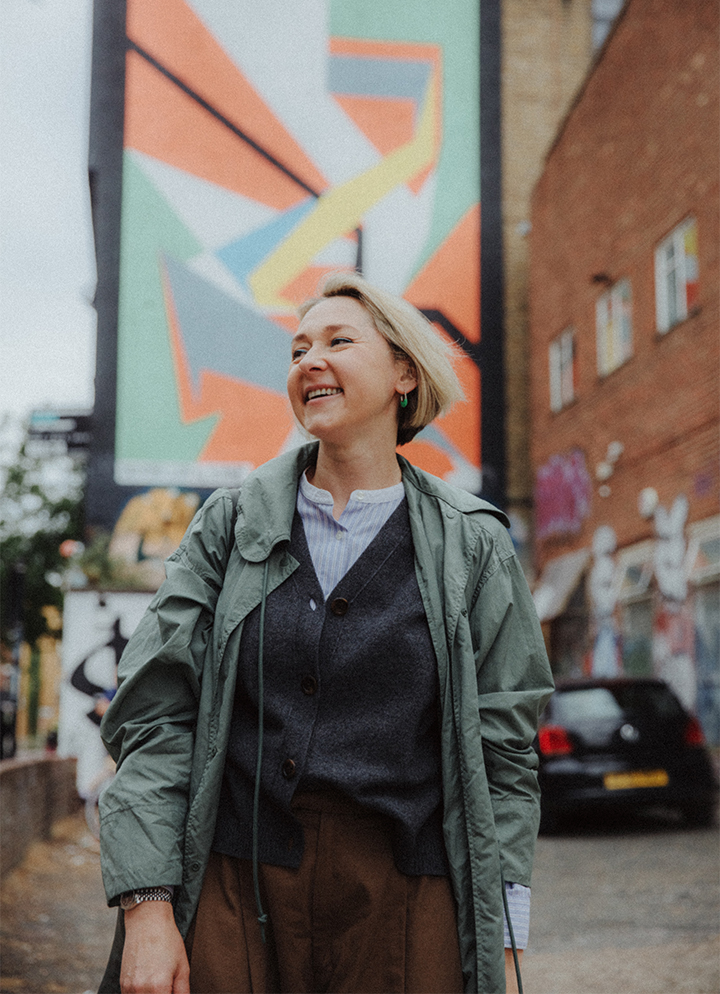
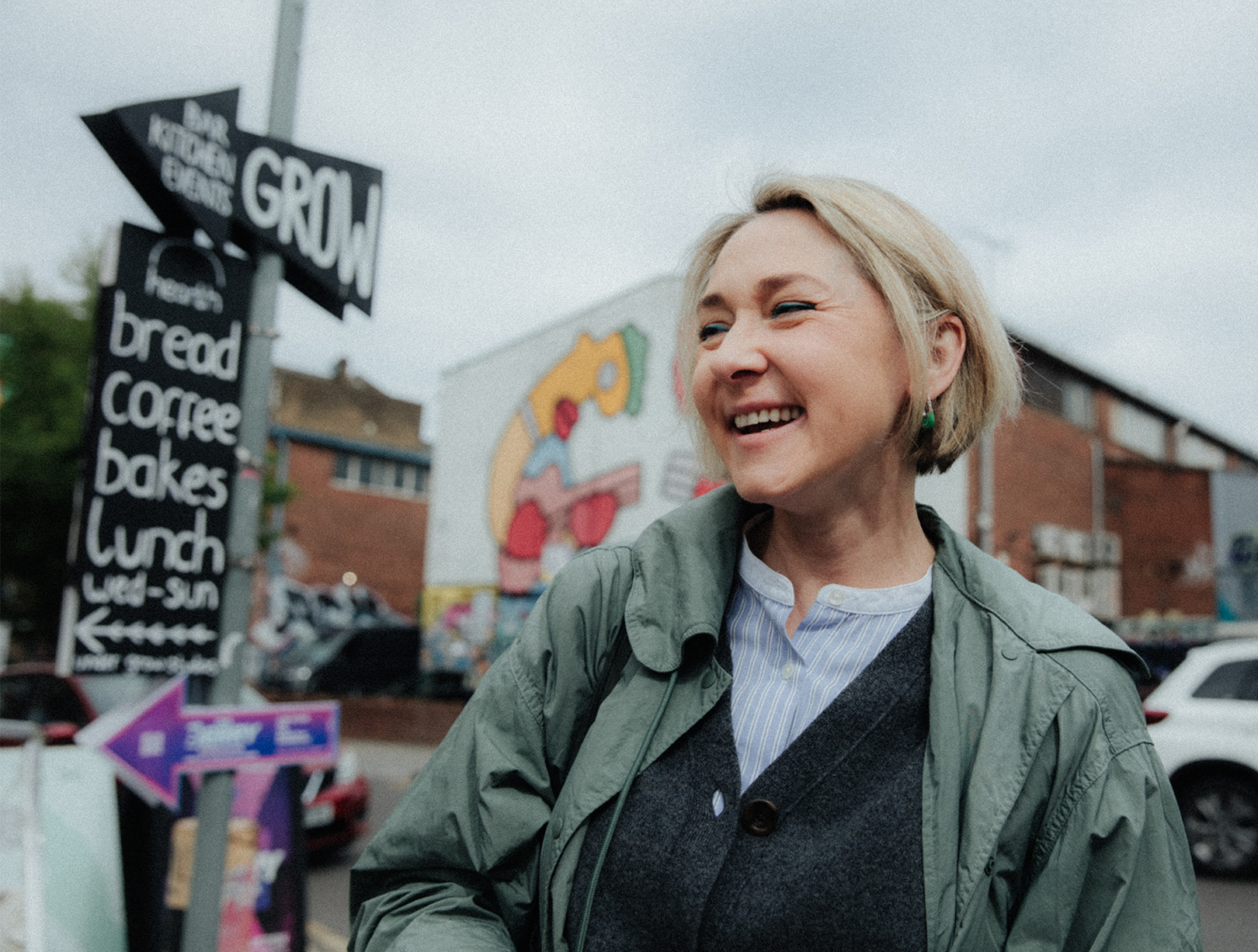
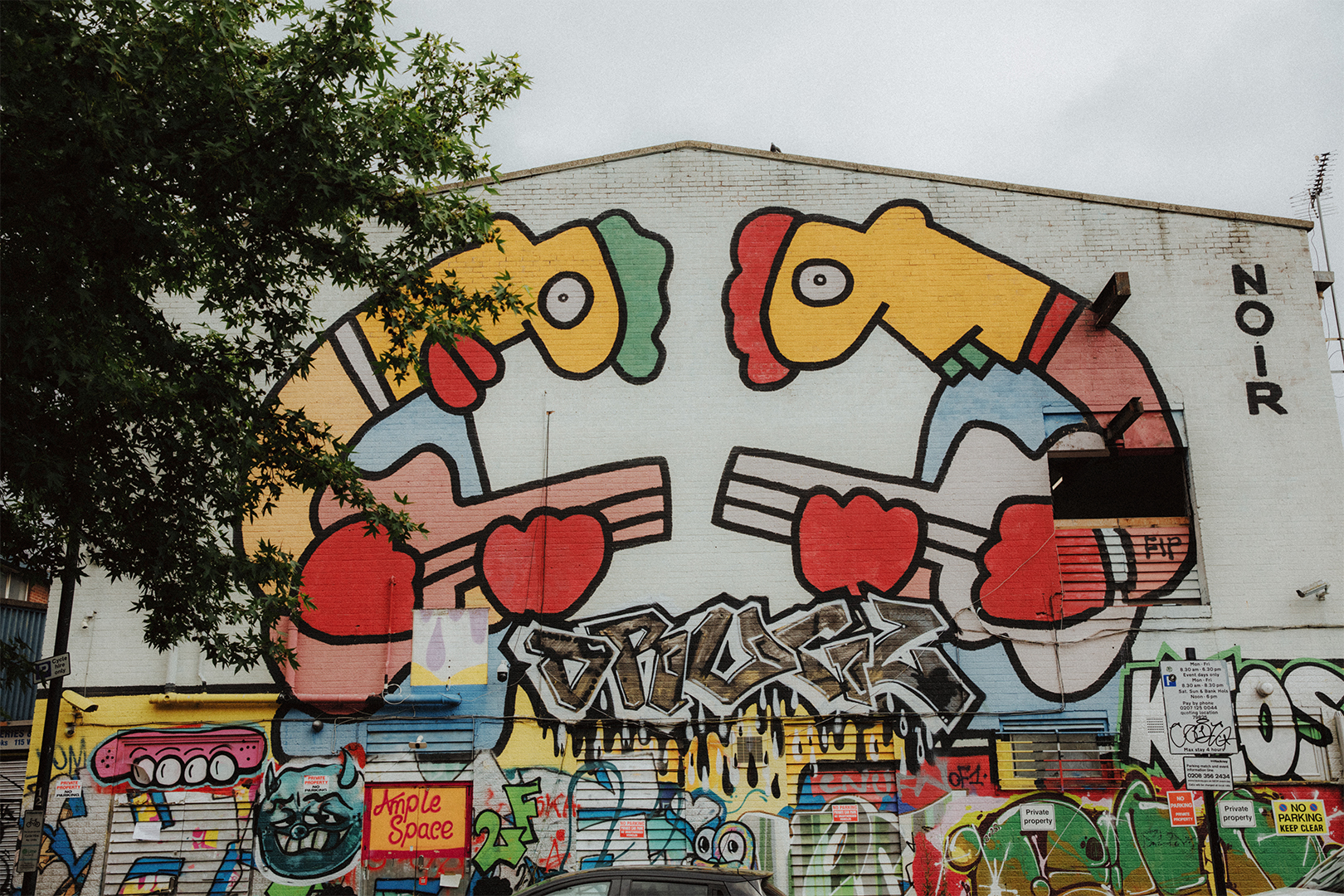
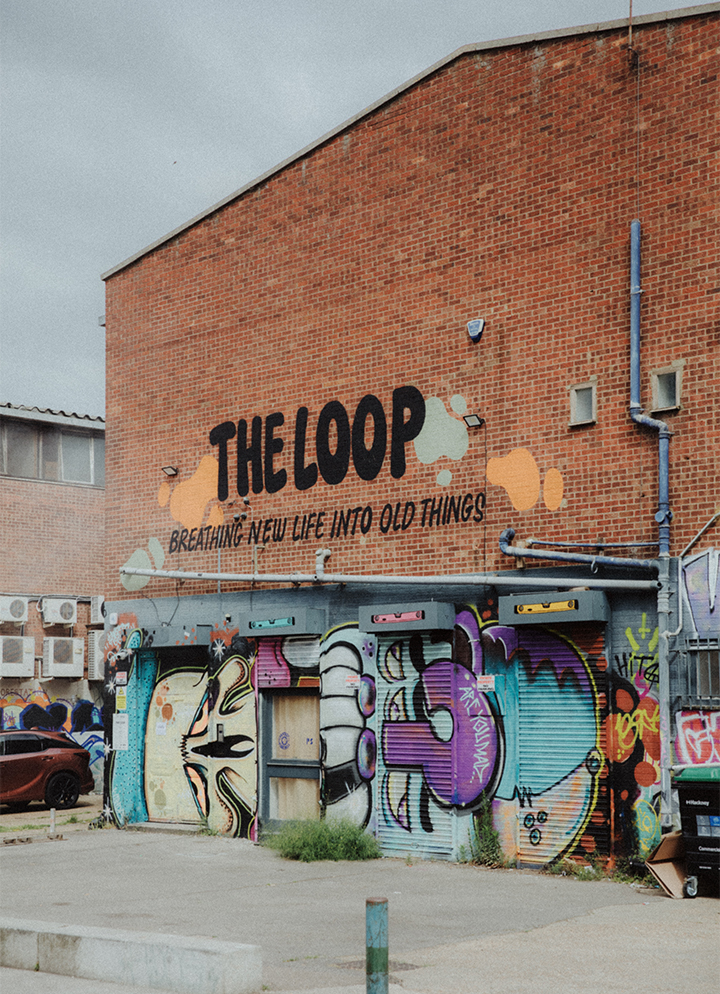
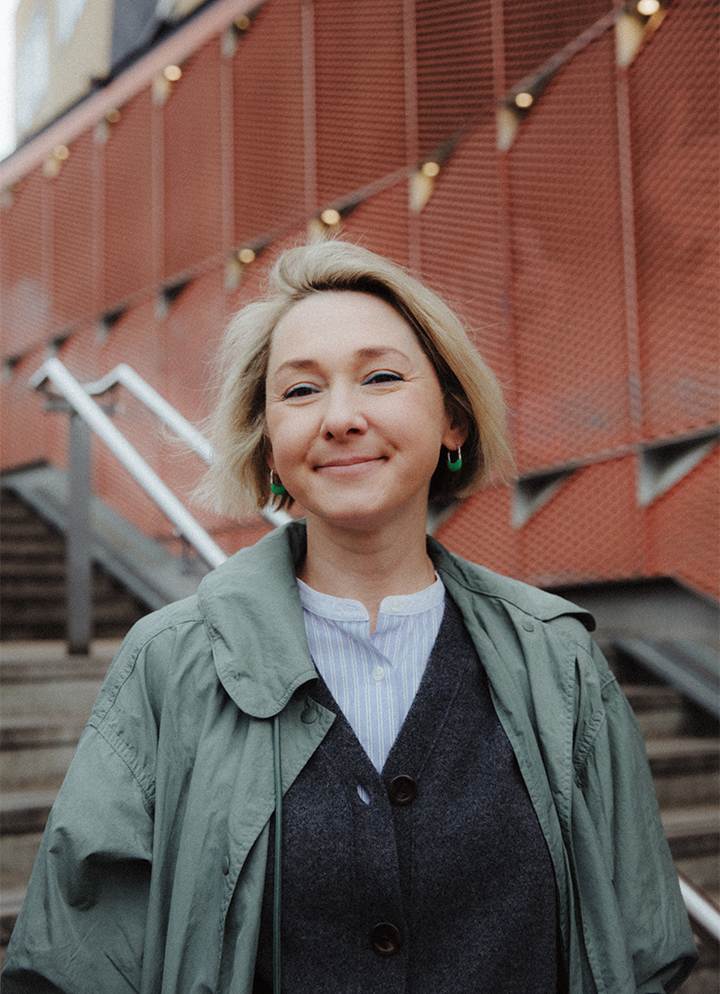
Part of what Pak does in Hackney Wick and Fish Island is try to break that cycle, and make sure those people who have been there since it was affordable can live and work side-by-side with new residential and commercial developments. The CEZ also helps people access creative careers and offers training to local residents.
There’s a strong economic incentive to push back on rampant redevelopment in London. According to a report on CEZs produced by the Mayor of London’s office, in 2018 the creative industries brought £58.4bn to the economy; one in every six jobs in the capital was a creative one; and four out of five visitors to London came because of its culture.
Providing employment
The Hackney Wick and Fish Island CEZ is one of 12 in the capital and has the unique aspect of straddling two London boroughs – Hackney and Tower Hamlets. It is home to creative and cultural businesses, galleries, grassroot venues, a vibrant nighttime economy, and warehouse living communities. There are 20 creative workspace sites managed by 14 professional workspace providers, a number that has “increased significantly” since it was designated a CEZ, says Pak.
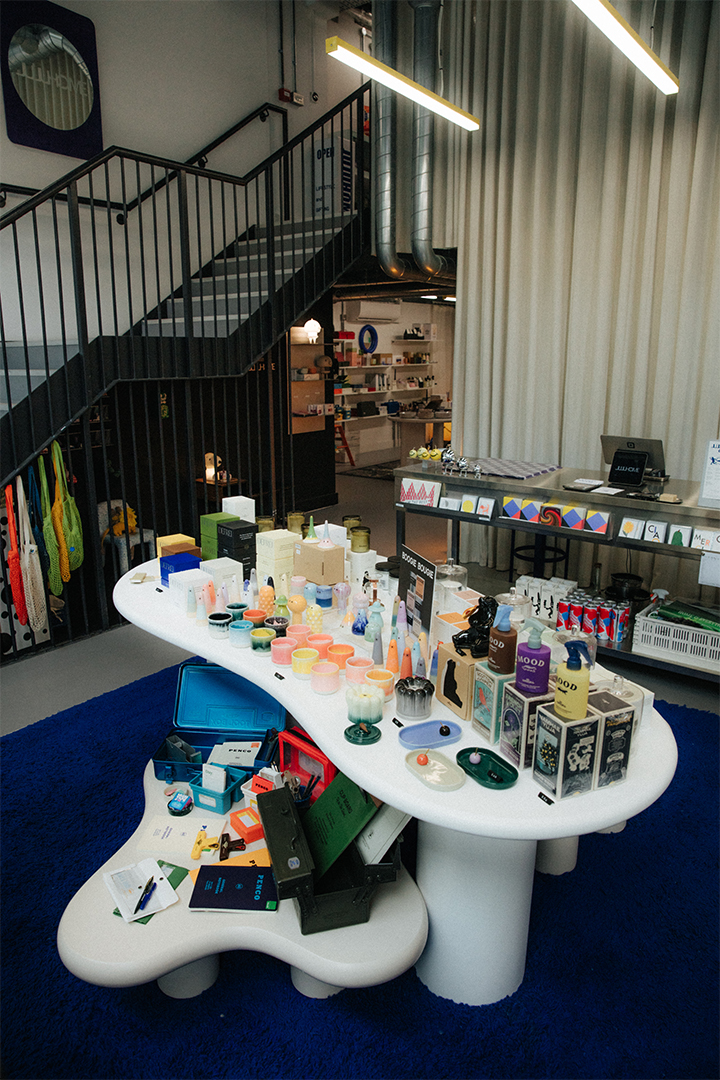
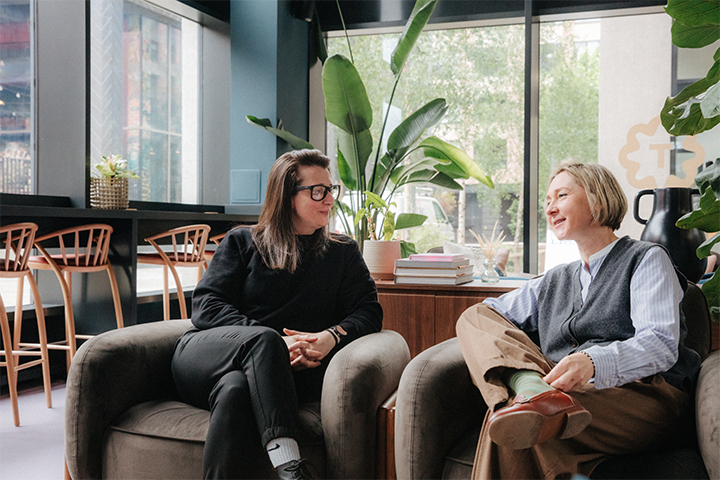
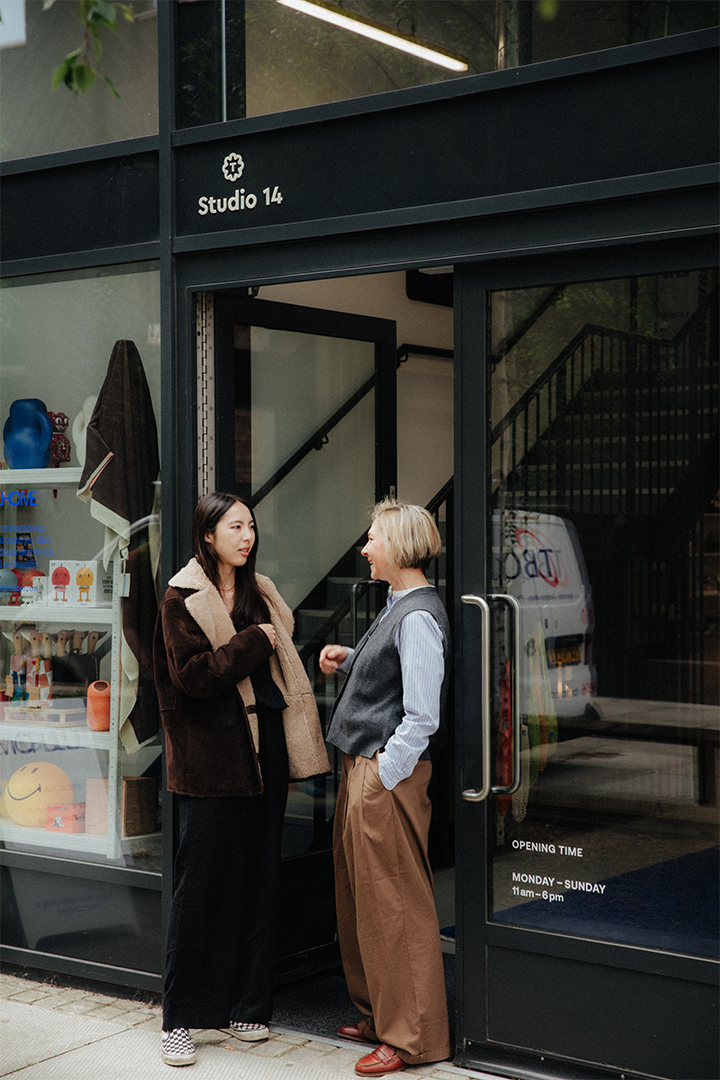

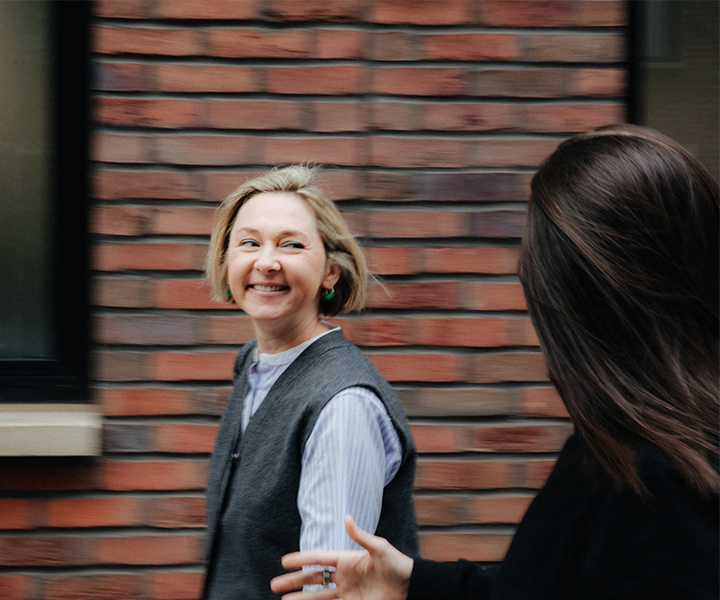
The Trampery is a business that offers studios, co-working space and meeting rooms
In 2023, SMEs and micro-businesses made up the majority of local employers, providing just under 1,500 jobs – up 140% since 2018 – in 485 businesses. One such business is the London Centre for Book Arts, whose owners, Simon Goode and Ira Yonemura, began the studio in 2012 shortly after the London Olympics had taken place (and brought a vast amount of redevelopment to east London). They have purposefully stayed small and independent in an area of London that has historic associations with printing going back to the 1800s, when a major print industry grew there. Now the London Centre for Book Arts is keeping that tradition alive.
The benefits of being located in a CEZ and having a chartered surveyor like Pak working with you is made tangible by the story of Ashwin Street studios, also located in Hackney but not within the CEZ. In March it was reported that the artists collective working there had been given notice to vacate the site. Three months later, the collective bought the building from the council at a market value of £1.1m to secure their own future.
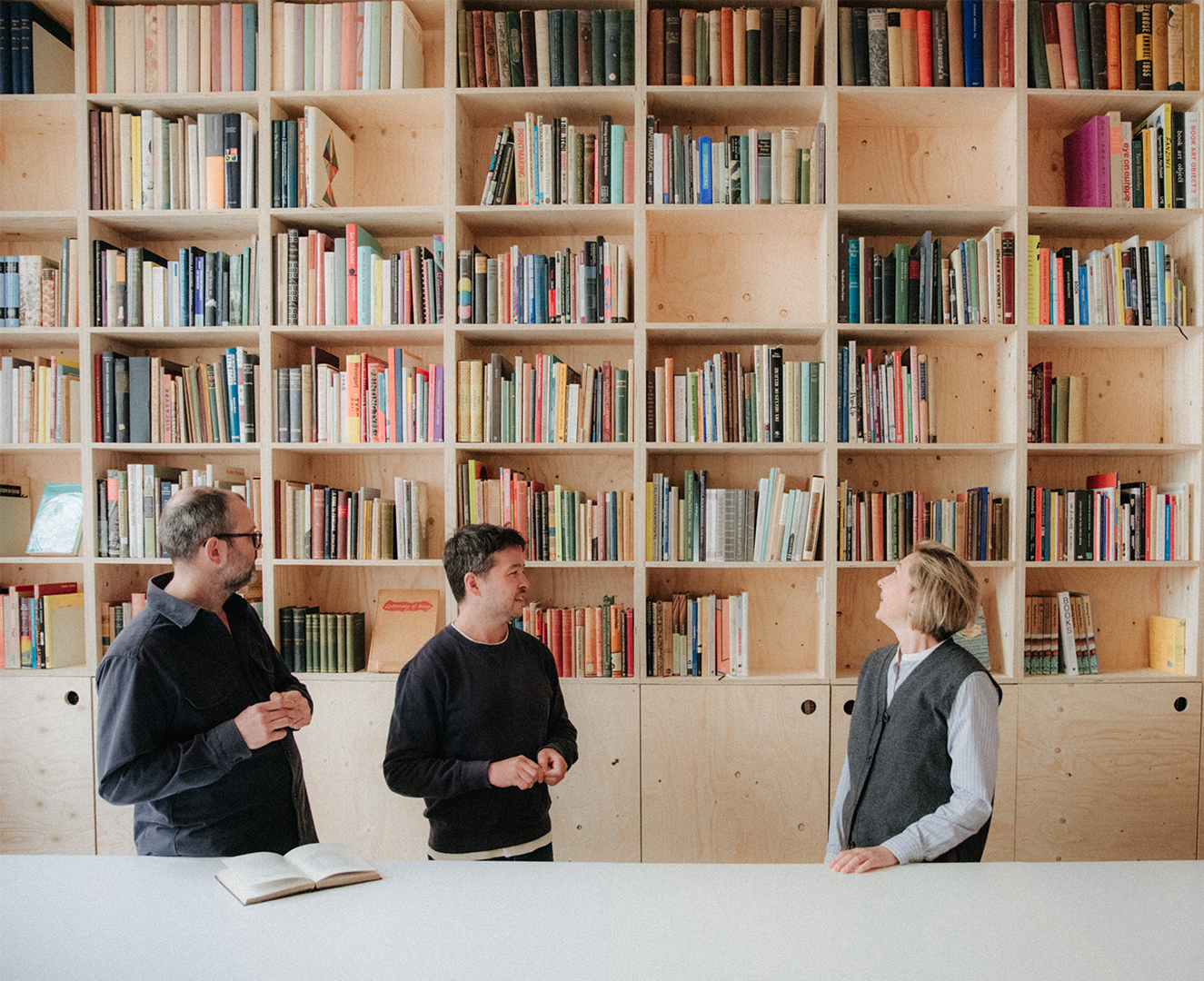
Owners of London Centre for Book Arts, Simon Goode and Ira Yonemura
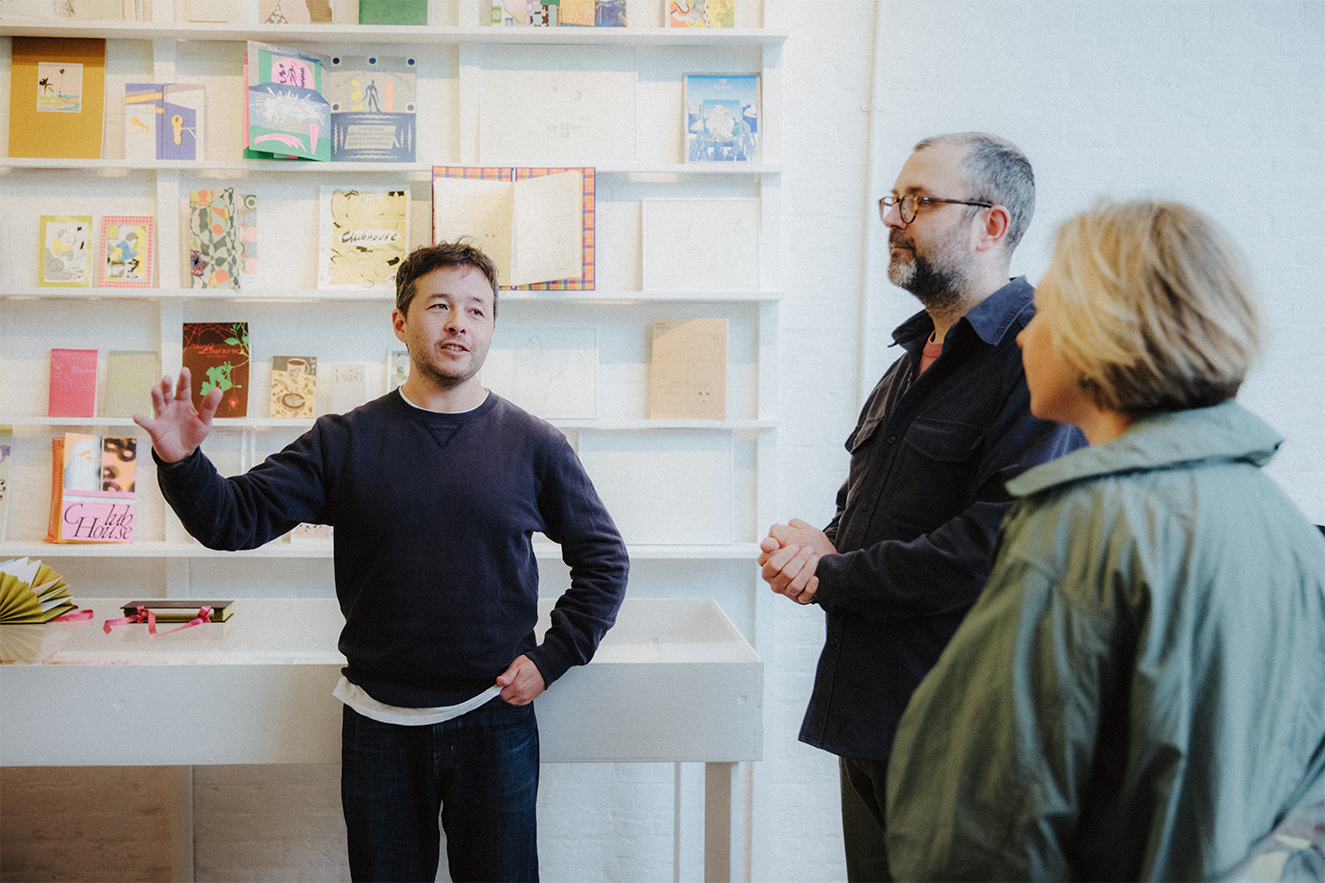
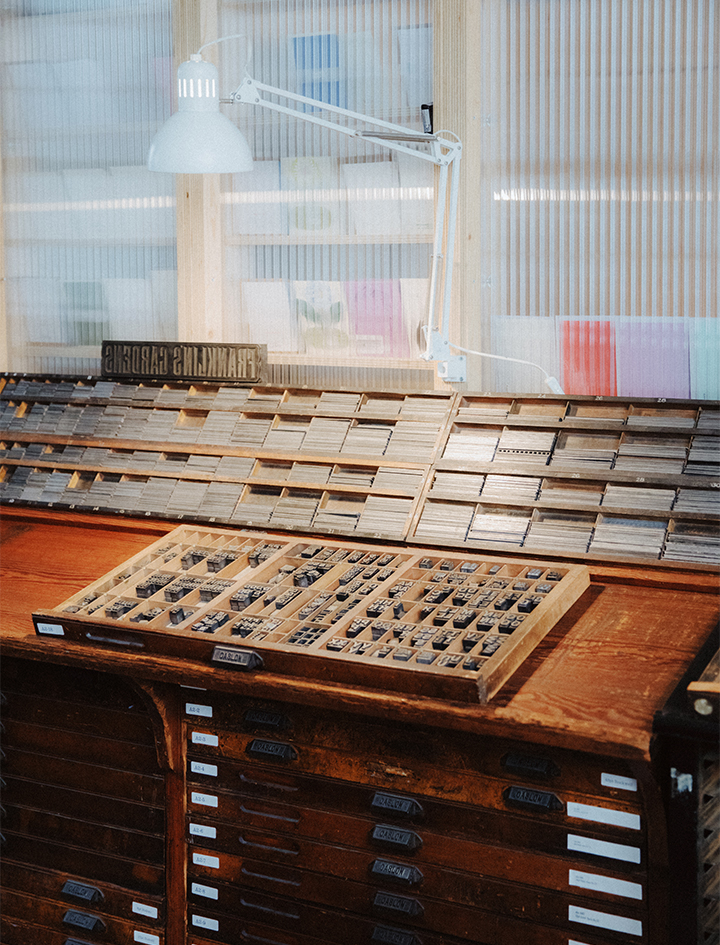

“Being a surveyor gives me a solid understanding of the language that developers speak.” Yulia Pak MRICS, Hackney Wick and Fish Island Creative Enterprise Zone
Section 106 agreements
Pak’s position, working with communities, business owners, developers, and the council, makes her something of a mediator, juggling the priorities of different groups and trying to make sure no one loses out.
She says section 106 agreements are an important tool when it comes to enabling affordability in new developments and forging strategic partnerships between developers and creative organisations. Using the example of a development under construction called Wickside that will build 500 new homes in the area (some of which will be build-to-rent and affordable housing), Pak says the s106 agreement ties it into supporting local creative and cultural occupiers.
“We might lose one or two spaces to market forces, development or other factors, but we set up a robust CEZ policy framework to make sure there is a pipeline of new spaces that are affordable and have the right fit out,” says Pak. “The partnership arrangements and contractual arrangements between the parties make it viable for local creatives to stay in the area and new creatives to move in.
“Being a surveyor gives me a solid understanding of the language that developers speak. I can understand where there are opportunities for successful partnerships and other cross-sector projects.”
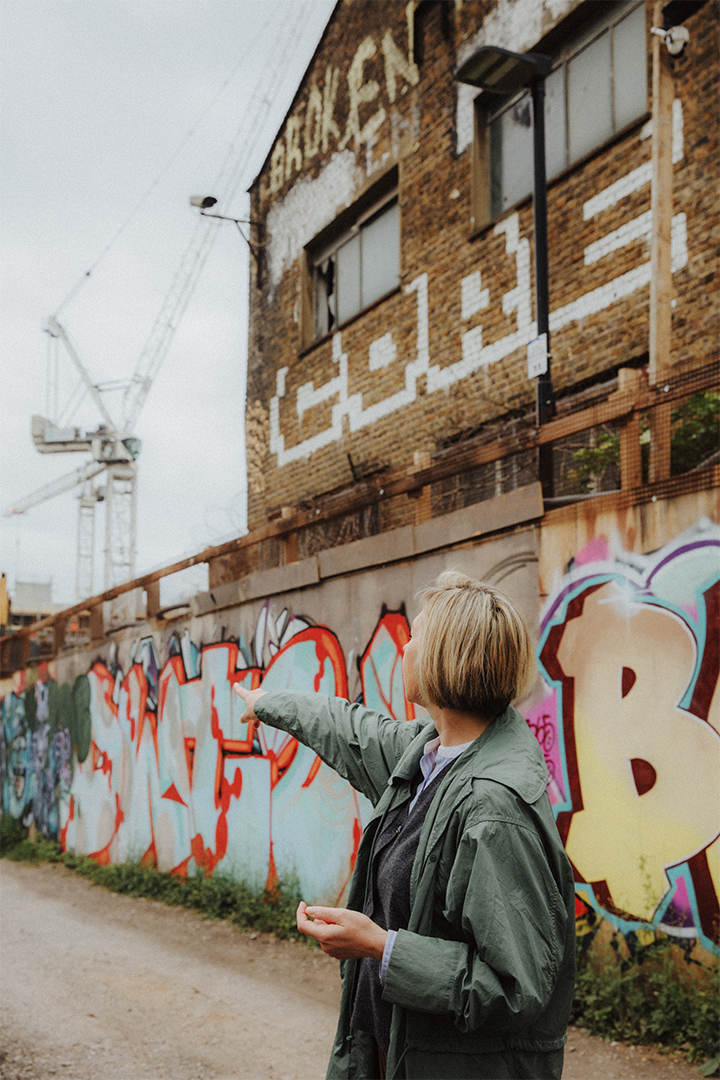
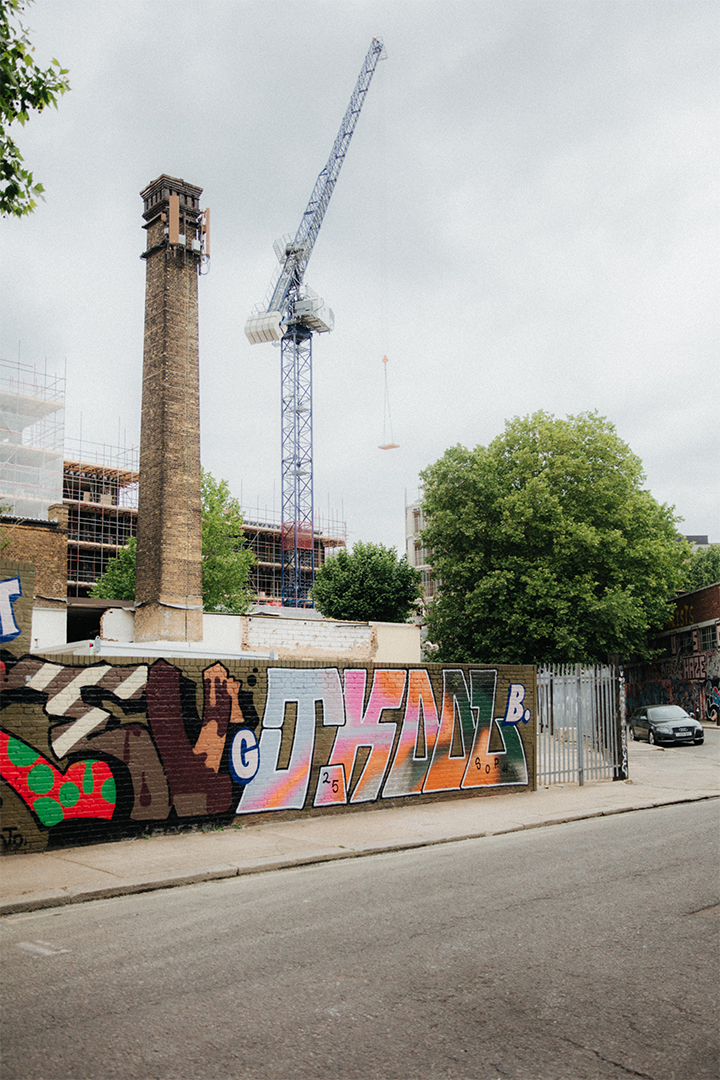
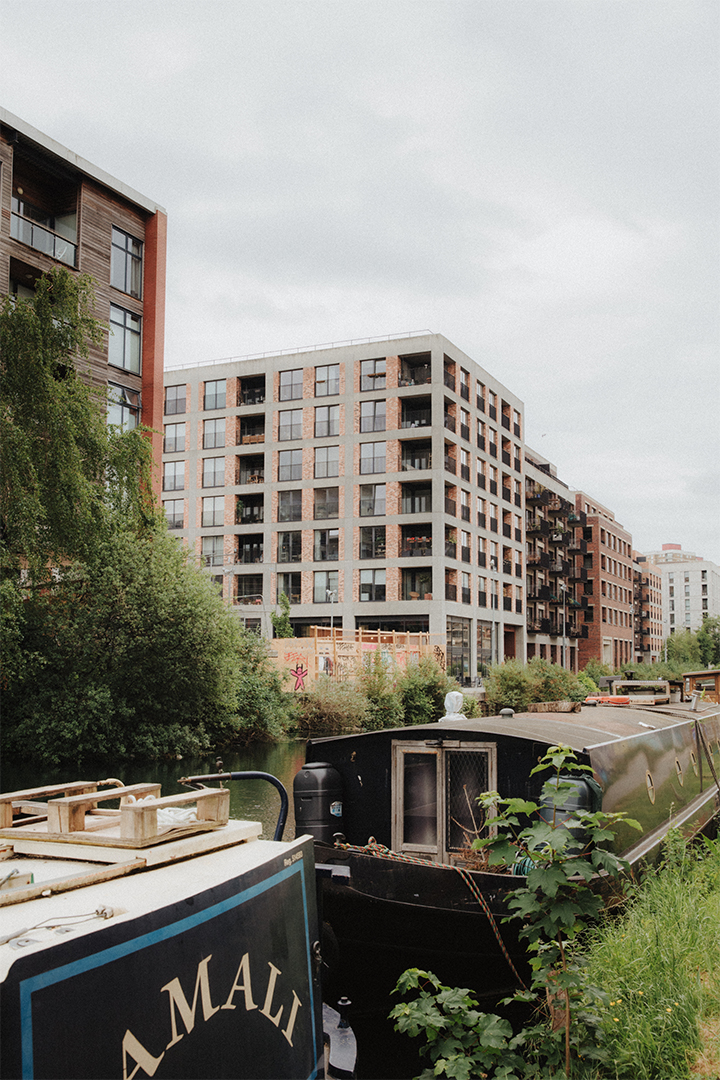
Residential blocks line the canal (above) and The Wickside development on the other side (top right)
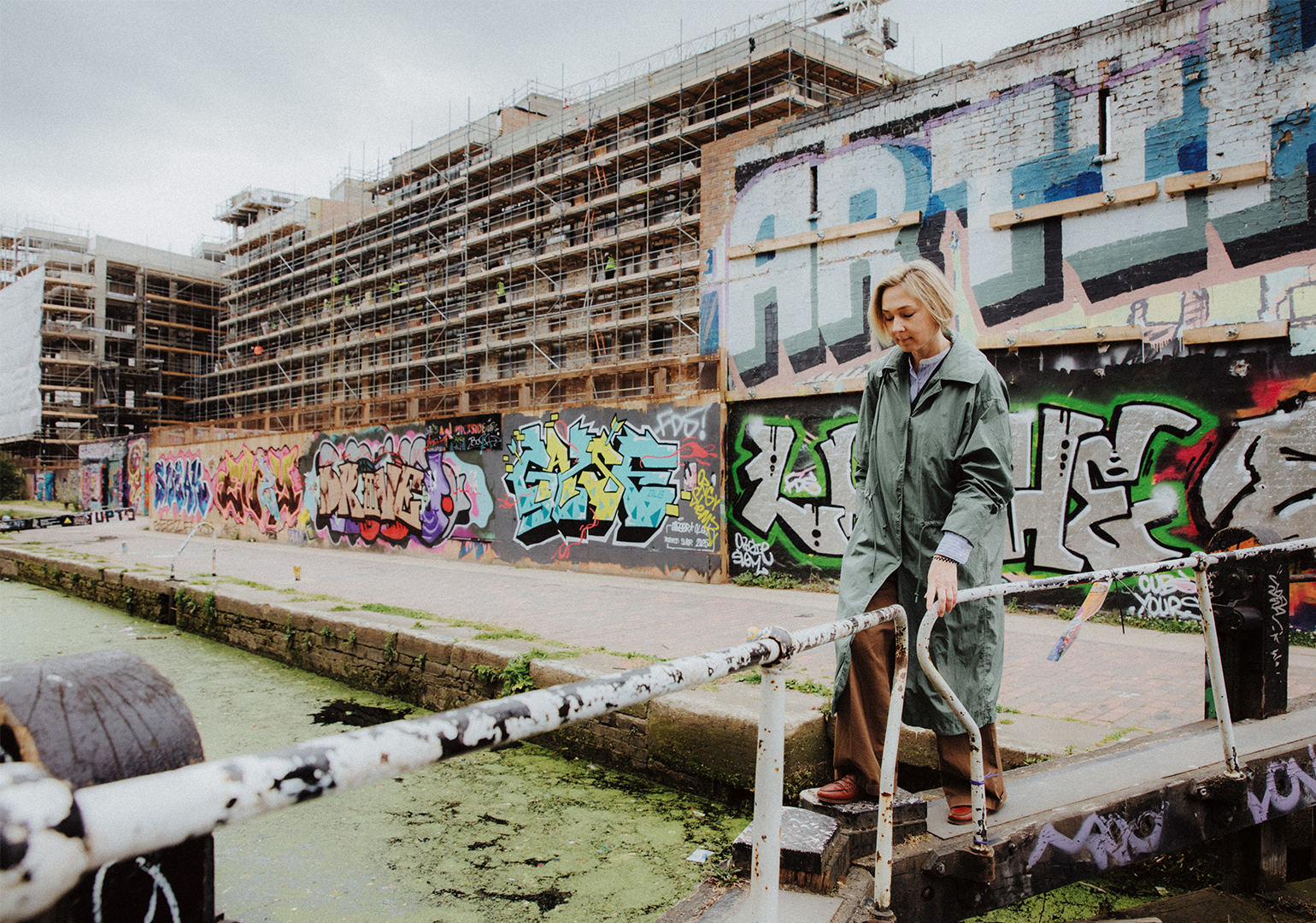
“Lack of security is one of the significant challenges that creative businesses have in this area, it means a lack of ability to plan ahead.” Yulia Pak MRICS, Hackney Wick and Fish Island Creative Enterprise Zone
Keeping venues open
As well as the businesses and people who tend to work during daytime hours, Pak is busy helping night venues keep the doors open. “The night-time economy was badly hit by the pandemic and the recovery has been pretty slow,” she says. “This is down to many reasons including affordability of space, rental markets and business rates.
“But it’s also because of the change in consumer habits. People go out less and spend less on alcohol [since the pandemic], and they prefer to spend their time in different ways, especially young people. This combination of factors creates challenges for venues in London.”
Pubs, clubs and music venues also find themselves caught up in the gentrification cycle when people move to areas with a vibrant night-time economy and then complain about the after-hours noise created by neighbouring venues. This has been a well-publicised and long-running battle in central London’s Soho, once a place where you could go out until the early hours any night of the week but where many venues are now closed by 11.30pm.
In Hackney Wick, the restaurant, cocktail bar and provider of creative studio space called Two More Years indulged in some gallows humour by naming itself after the terms of its lease. Its landlord is known for only granting short leases to its sites across Fish Island and Pak says security of space is a huge concern for the businesses she works with. “Lack of security is one of the significant challenges that creative businesses have in this area, it means a lack of ability to plan ahead.”
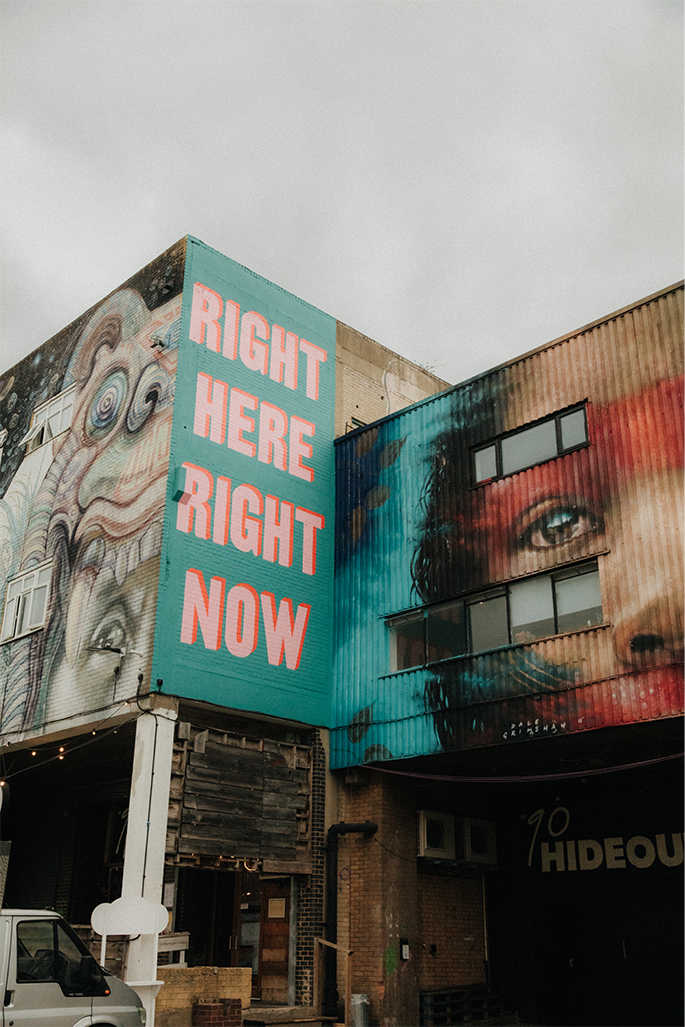
“After COVID-19, there was an exodus of artists and creatives from London – it is increasingly becoming unaffordable in terms of workspaces and living costs” Yulia Pak MRICS, Hackney Wick and Fish Island Creative Enterprise Zone
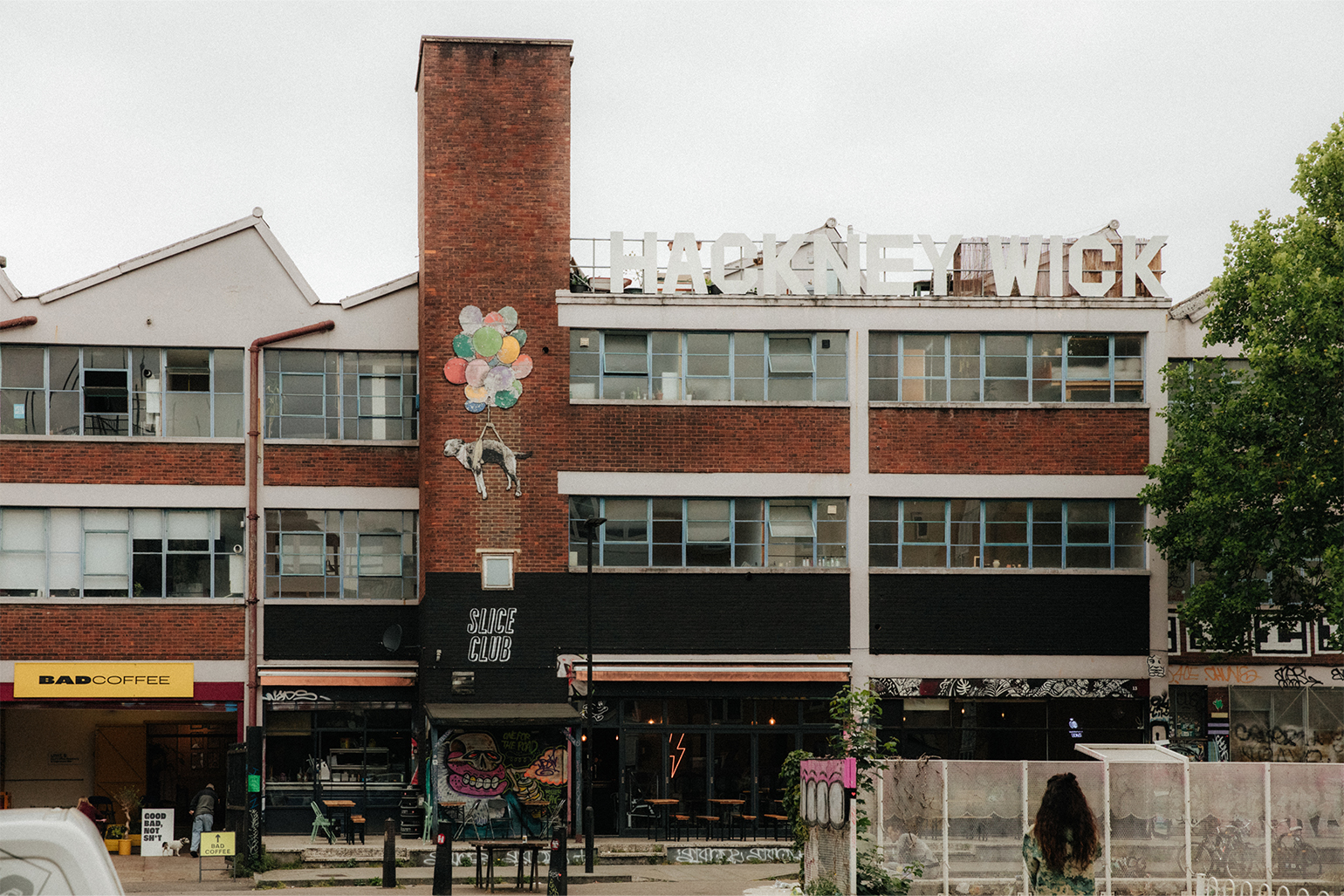
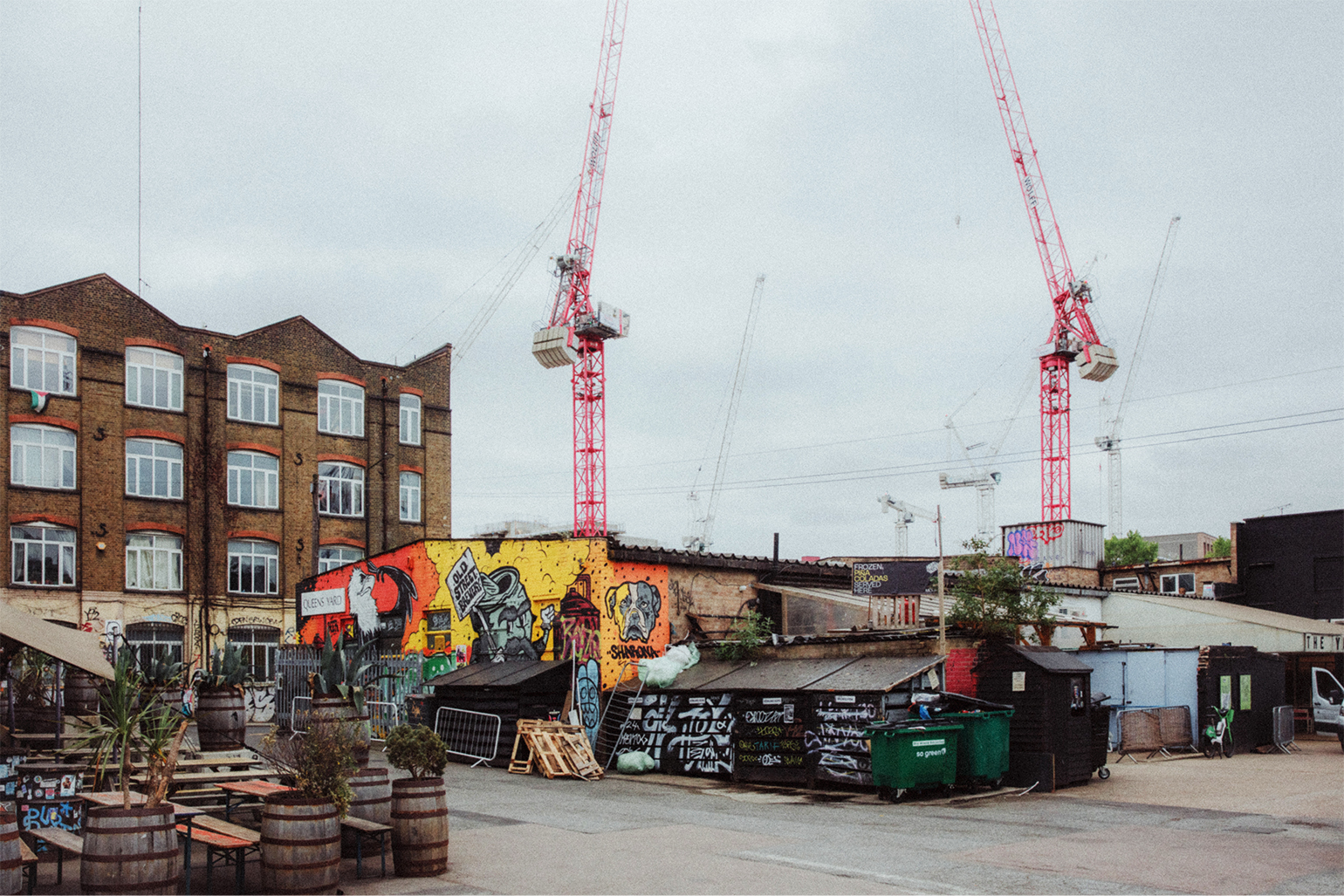
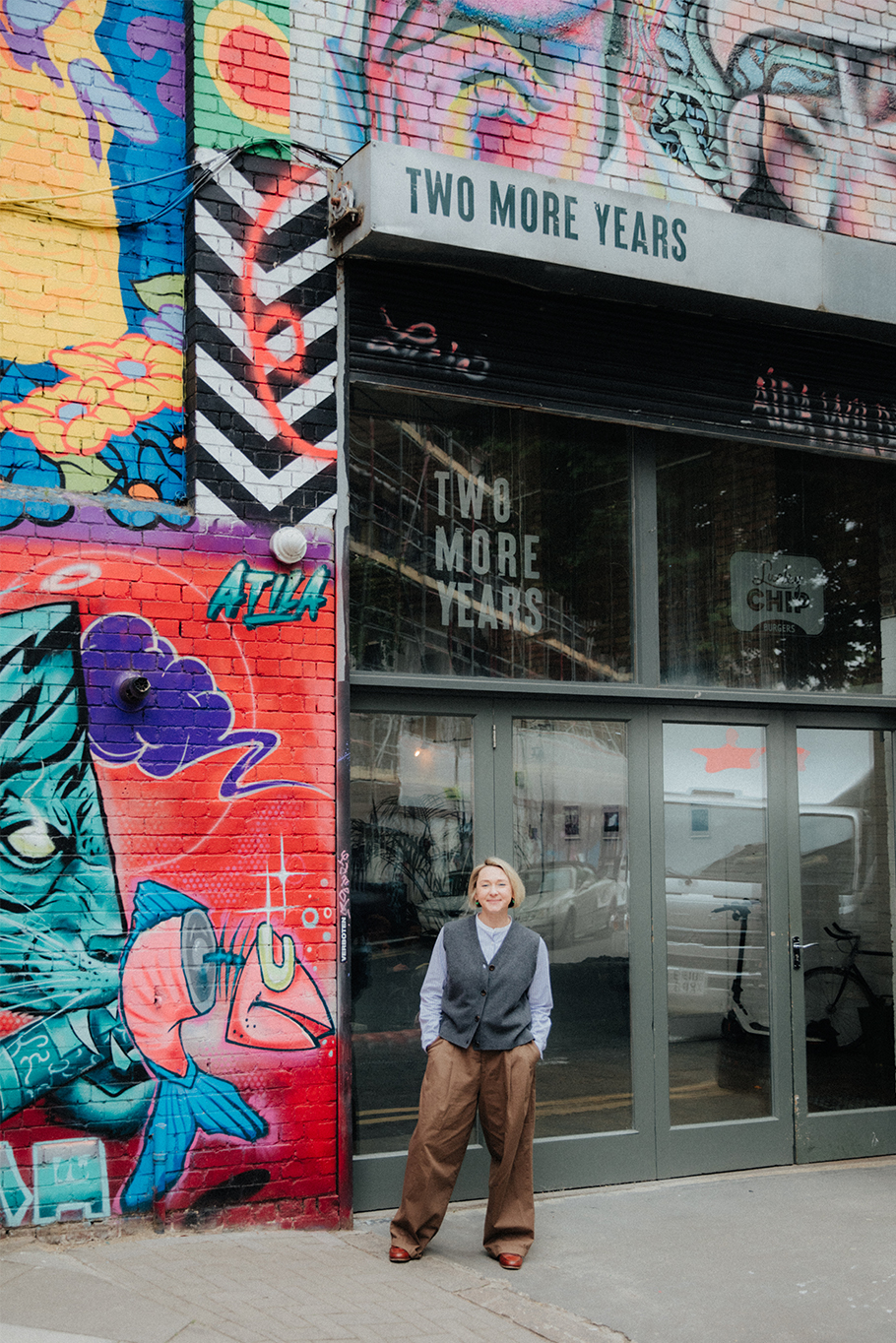
Two More Years contributes to the area’s vibrant night-time economy
This is why Pak says that one of the CEZ’s main priorities, is not only to “secure affordable creative space, but ideally that means securing it in perpetuity”. If a creative organisation owns their building in perpetuity, they can focus on the future rather than looking over their shoulders at encroaching redevelopment.
“After COVID-19, there was an exodus of artists and creatives from London – it is increasingly becoming unaffordable in terms of workspaces and living costs,” says Pak. “If artists and creative communities have their own areas like Hackney Wick and Fish Island CEZ they might choose to stay. They might also choose to go, but they need to have a chance to make that decision.
“If the artists and creatives leave, it will jeopardise London’s position as one of the world’s great cities.”
